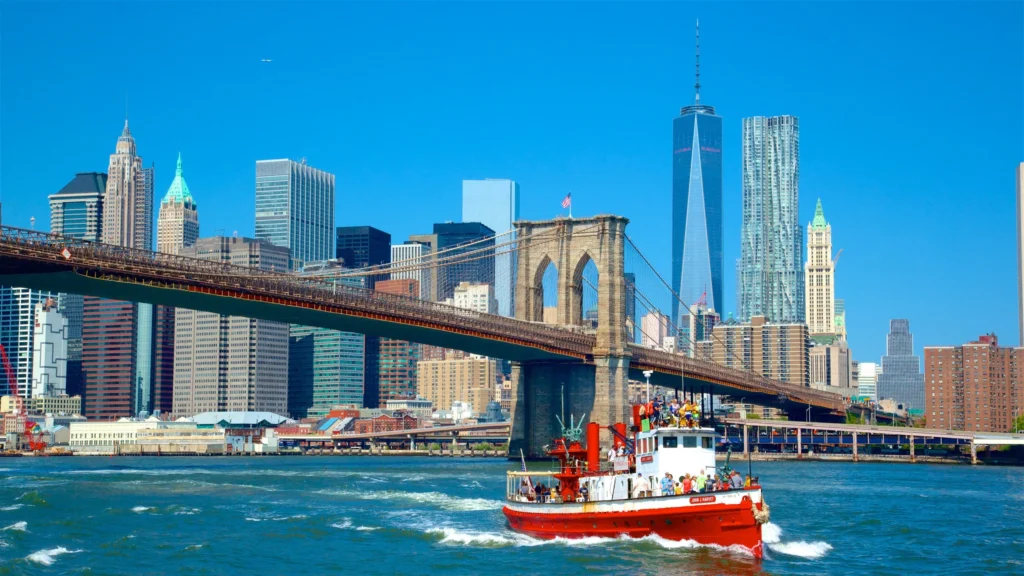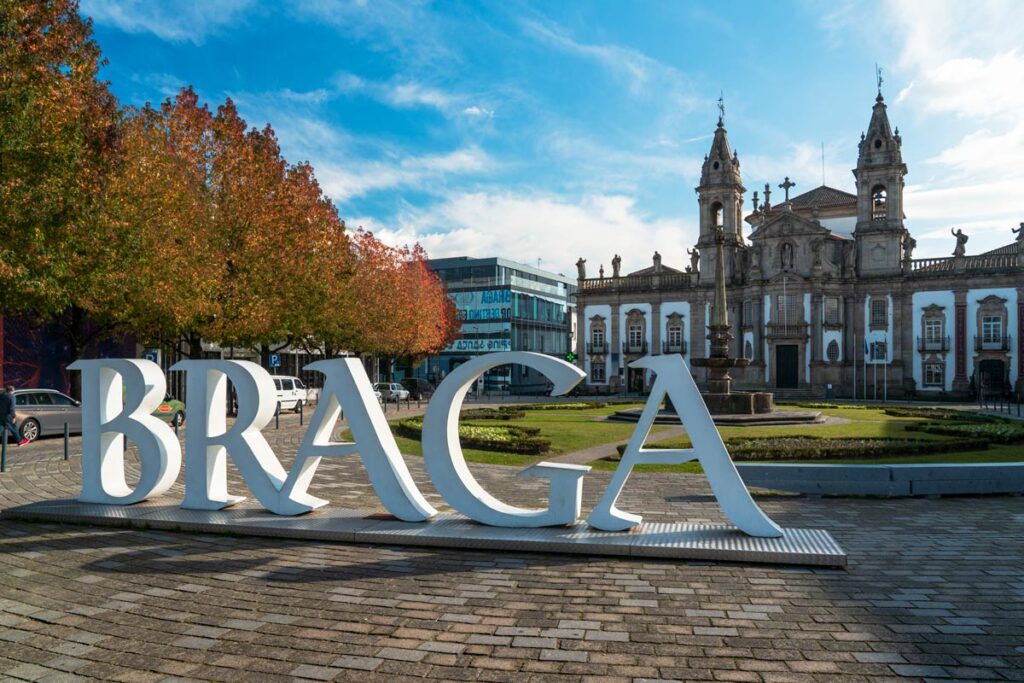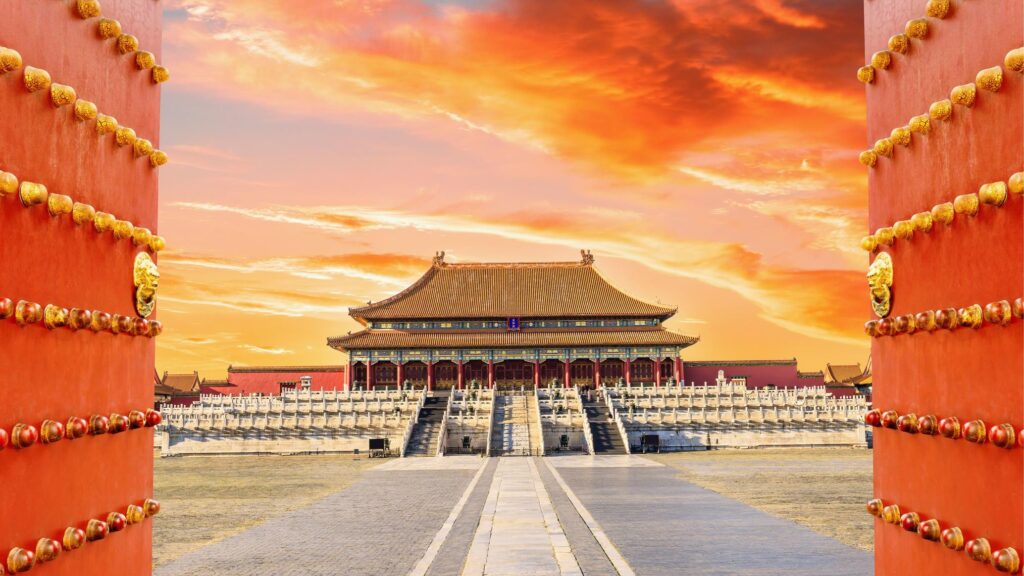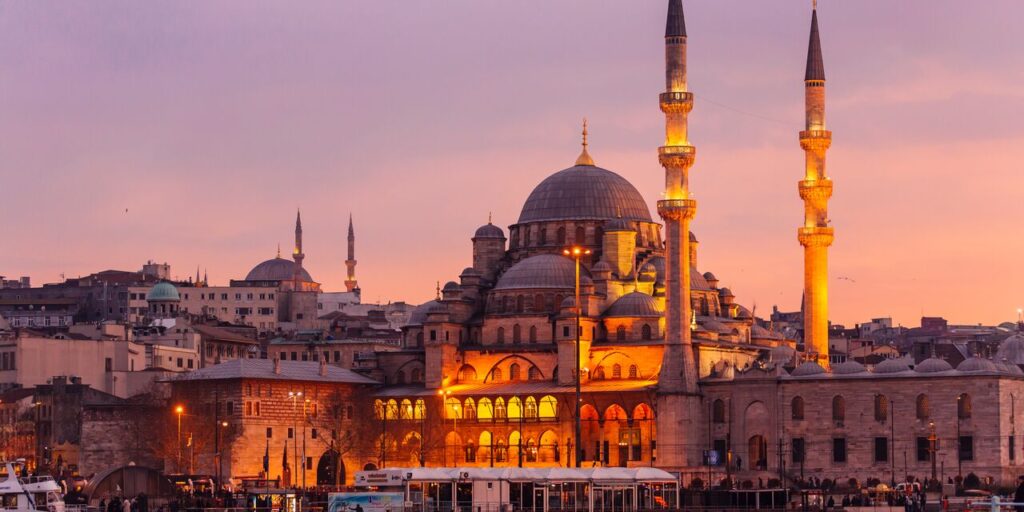Successful Examples of Urban Diplomacy
Over the past two decades, various cities—both large and small—have actively engaged in international affairs and achieved significant accomplishments in cultural, economic, environmental, social, and scientific domains. Urban diplomacy refers to the participation of municipalities in international networks, signing friendship treaties, and advancing joint initiatives with other cities. Below are some prominent examples of cities and the major outcomes of their urban diplomacy efforts. The information is derived from reports by reputable international organizations and city networks (such as UN-Habitat, UNESCO, and C40).
Medellín, Colombia
-
Context: Urban resilience in the face of crises and disasters.
-
Key Actions: Hosted the 7th World Urban Forum (WUF7) in 2014 and subsequently launched the “Medellín Collaboration for Urban Resilience” (MCUR) in partnership with UN-Habitat, UNISDR, the World Bank, and networks such as 100 Resilient Cities, C40, and ICLEI. This initiative established a framework for coordinating urban disaster risk reduction efforts.
-
Achievements: Formed a global coalition of over 4,000 cities focused on urban resilience; attracted over $2 billion annually for urban projects; aligned with the Sustainable Development Goals (SDGs), the Sendai Framework, and the Paris Agreement.
-
Reasons for Success: Medellín effectively brought together international and local institutions, creating a global network for sharing experiences and resources. This transnational collaboration significantly enhanced urban resilience policies.

Medellín
New York, United States
-
Context: Public safety and global economic-technological cooperation.
-
Key Actions: As the host of the world’s largest diplomatic community, New York has long developed local diplomatic structures. After 9/11, the city established NYPD liaison offices in over 10 countries. Additionally, it co-founded a Life Sciences Campus with Cornell University to diversify the city’s economy. During the Ukraine war crisis, New York provided technical and educational support to Ukrainian municipalities and hosted an international summit on arms trafficking.
-
Achievements: Strengthened transnational law enforcement cooperation, developed international research and innovation networks in life sciences and technology, and facilitated crisis response experience-sharing. New York has become a model for practical inter-city cooperation in security and economic matters.
-
Reasons for Success: By leveraging its global standing and mobilizing local agencies such as the NYPD, New York has built effective international partnerships. Initiatives like police representation abroad and participation in expert forums showcase the city’s influence on global urban issues.

New York
Amsterdam, Netherlands
-
Context: Social integration of migrants and refugees.
-
Key Actions: Amsterdam played a leading role in launching the “Urban Partnership on the Integration of Migrants and Refugees” under the EU Urban Agenda (2016). This partnership aimed to align the experiences of cities, national governments, and international organizations in managing migration crises and fostering integration. Amsterdam organized taskforces with public and non-profit organizations to develop standardized policies for migrant inclusion.
-
Achievements: Created a multilateral platform for knowledge exchange and trust-building among municipalities, governments, and civil society. Provided practical solutions such as educational guides and joint integration programs.
-
Reasons for Success: Amsterdam demonstrated cities’ capacity to influence national and regional policy-making on migration. By elevating integration from a local concern to a broader policy domain, the city contributed to more cohesive European strategies..

Amsterdam
Braga, Portugal
-
Context: Culture and creative urban diplomacy.
-
Key Actions: Hosted the 2019 annual UNESCO Creative Cities Network conference, gathering mayors and delegates from over 250 creative cities to discuss the role of culture in sustainable development. Braga led the “Braga Manifesto,” advocating for culture to be included as a standalone goal in the post-2030 development agenda.
-
Achievements: Secured international support for recognizing cultural rights and the role of culture in development. The Braga Manifesto demonstrated cities’ ability to foster global consensus in support of creativity and culture, while strengthening ties between creative city networks and global organizations.
-
Reasons for Success: Braga successfully utilized its position in the UNESCO Creative Cities Network to highlight culture as a catalyst for urban development. This coalition helped position culture as a formal development goal—an example of effective cultural urban diplomacy.

Braga
Paris, France
-
Context: Climate change and environmental diplomacy.
-
Key Actions: Hosted the 2015 COP21 climate summit, leading to the Paris Agreement. Mayor Anne Hidalgo organized the Climate Summit for Local Leaders alongside the conference, gathering over 440 mayors globally. Paris is also a leading city in networks such as C40 and the Compact of Mayors.
-
Achievements: The Paris Agreement involved cities directly in climate targets; thousands of greenhouse gas reduction measures were implemented, and over 30 major cities have already reversed their CO₂ emissions growth. Paris inspired other mayors to recommit to the agreement, especially following the U.S. withdrawal.
-
Reasons for Success: Through visionary leadership and diplomatic initiative, Paris empowered cities to shape climate priorities independently. By activating city networks like C40, Paris played a pivotal role in enabling urban climate diplomacy.

Paris
Beijing, China
-
Context: Climate change and global knowledge transfer.
-
Key Actions: In 2017, Beijing’s local government established the C40 Climate Action Group’s representative office in the city to align China’s climate planning with global standards. The office facilitated collaboration among 13 Chinese cities (including Beijing, Shanghai, and Guangzhou) with international counterparts. Joint programs such as the “China Urban Climate Planning” (CAP China) helped align China’s five-year plans with the Paris Agreement.
-
Achievements: Developed strategic climate action plans integrated with national pollution and carbon reduction policies; expanded China’s urban diplomatic participation in global climate events; and facilitated synergistic agreements between Chinese and foreign cities.
-
Reasons for Success: Beijing created a global platform for urban climate diplomacy, sharing domestic environmental management expertise with the world. At the same time, Chinese cities gained access to global technology and resources, enhancing their role in global sustainability.

Beijing
Istanbul, Turkey
-
Context: Culture, creativity, and sustainable urban development.
-
Key Actions: Chosen in 2019 to host the 2021 UNESCO Creative Cities Network annual conference, themed “Cities Shaping the Future,” which emphasized the fusion of environment, technology, economy, and socio-cultural needs. Istanbul organized an international forum for mayors and urban decision-makers to exchange experiences and innovations toward sustainable development goals.
-
Achievements: Created space for discussing urban achievements and challenges; strengthened connections among global city networks and encouraged implementation of cultural and creative policies. Hosting the conference positioned Istanbul as a leader in creative urban diplomacy.
-
Reasons for Success: Istanbul capitalized on its rich cultural and historical assets, forming regional and global alliances to highlight cities’ strategic role in sustainable development. This demonstrated how culture and creativity can serve as foundations for new forms of urban diplomacy.

Istanbul
